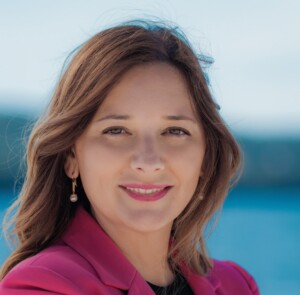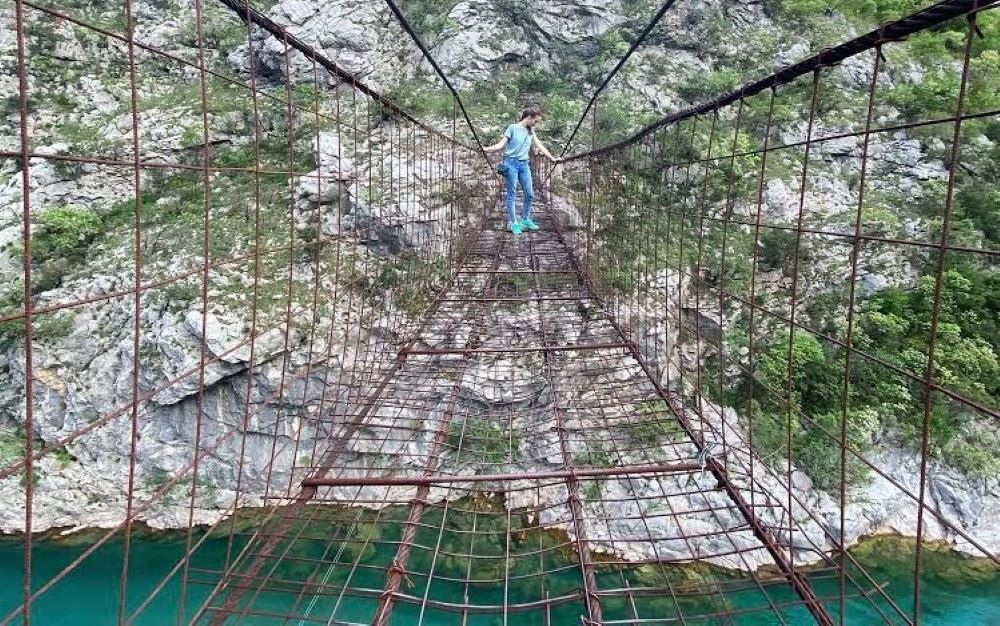Tourism income in the nine months of 2020 amounted to around 100 million euros – the best illustration of the industry’s decline is that this same period in 2019 brought 978 million euros to the state budget.

Danica Banjevic
The Covid-19 pandemic has had the greatest effect on the tourism sector, stopping movement all over the world. According to relevant institutional statistics, tourism was an industry with steady growth until March 2020. It contributes 9,5% to the European Union GDP, hires 22,6 million people, directly influencing transport, trade, agriculture and the economy at large. A euro of tourism earnings results in a 0,56 euro contribution to other industries.
Montenegro has been among the European countries which suffered most for two reasons: a large portion of our GDP income is reliant on tourism (25%), and we have a high volume of foreign tourists (94% in 2019). There was an 85-90% decline in arrivals and overnight stays in the 9 months of the past year. According to data from the Montenegrin Central Bank, tourism income in the nine months of 2020 amounted to around 100 million euros – the best illustration of the industry’s decline is that this same period in 2019 brought 978 million euros to the state budget. There are several causes for this: firstly, a lack of preparedness for a crisis, and the fact that Montenegro is primarily an airline destination and not an EU member state. The Union had different border control policy for its member states, and we had closed borders towards our current key markets (the WB region and Russia) for the majority of the peak tourist season.
The pandemic has had an even wider indirect effect on other industries, including transport, investment, food and beverage production, trade…. Montenegro is reliant on tourism, and we have a ‘backing’ for this type of development strategy. What we do need is reform, an encouragement of investments which will develop other industries closely related to tourism. Tourism and travel, as shown by previous crises, have a tendency of quick recovery. More support to smaller and mid-size businesses, new investments and job openings, will definitely positively influence a faster recovery of tourism than any other sector.
This pandemic gave us an opportunity to consider different forms of further tourism growth. Sustainable development and digitalisation would have to be key segments of recovery, as well as a more intense expansion of our tourist product – agricultural production, space management as space is our most valuable resource, further growth of authentic hospitality offers, and intense promotion in Western markets which Montenegro needs to prioritise.
Our offer needs to adapt to new interests and guest requirements; it needs to be focused on authentic experiences, our tradition and culture, which will in turn bring faster recovery and resilience to similar crises.
Any self-respecting tourist will choose to visit a country which manages a crisis well, one with a good healthcare system, with a care for the environment, cultural heritage, which is working on reducing mass tourism guided by the principle of ‘value not volume’.
Montenegro is facing yet another uncertain tourist season, not least because of the serious epidemiological situation, but also a reduction of the number of airlines after the national airline closure, and insufficient and inadequate marketing efforts in key markets.
Danica Banjević, executive director of the Tivat Tourist Association as of February 2020. Tivat is the first tourist destination in Montenegro which follows the sustainable development process and monitoring, following guidelines of the Global Council for Sustainable Development.



Leave A Comment